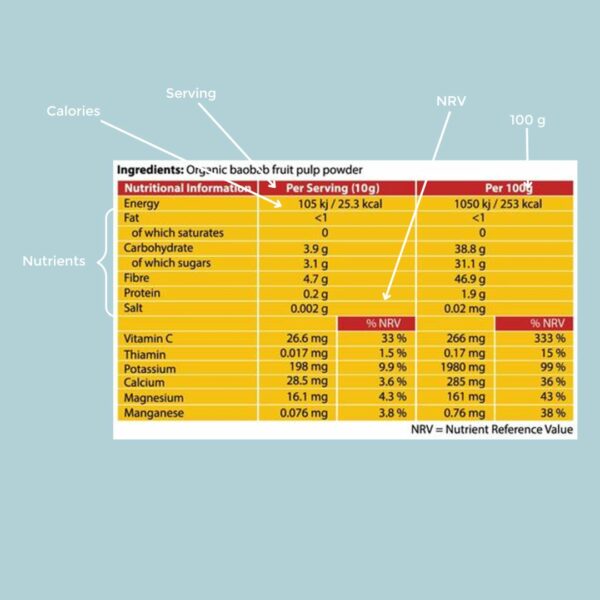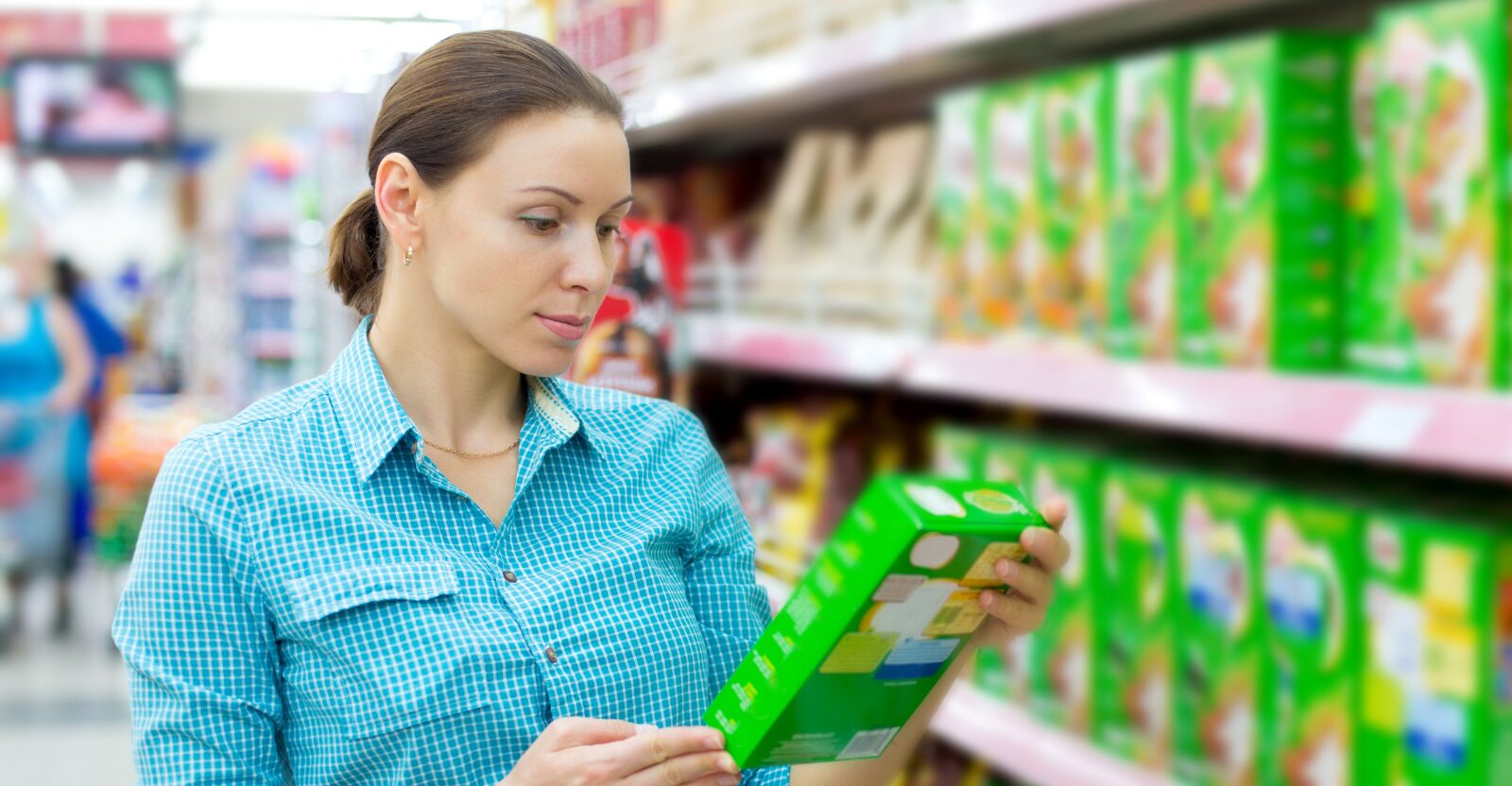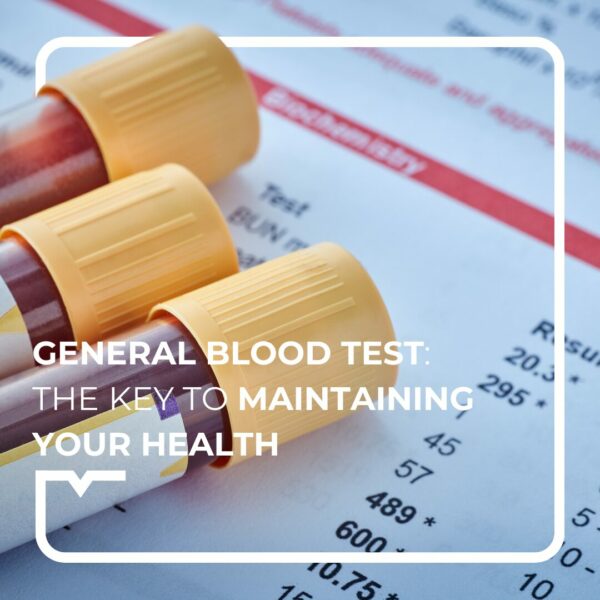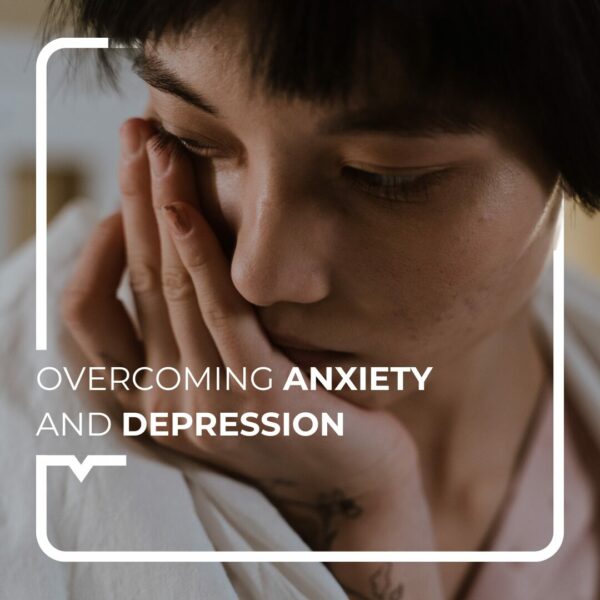0% fruit compote, choosing fruit juice over soda… These are choices that seem right to us, but are not necessarily better…
But how do I know if what I’m eating is good for me? Let’s learn how to read a food label correctly together.
Hello, this is Dr. Joy!
I’ll explain you everything…
1. Nutritional values
On each food there is a table of nutritional values. It gives us all the information related to energy and nutrients. It is compulsory!
With the exception of:
Unprocessed foods (vegetables, fresh meat, etc.)
Home-made products and take-away food

A food label includes
The portion: this is the value that the manufacturer estimates to be the quantity consumed.
The 100 g: this is a reference value, more reliable than the portion, which is generally specific to each person.
Calories: this is the amount of energy provided by a portion or 100g. It is expressed in kcal. Be careful, a low-calorie food is not necessarily good for your health!
Nutrients: Fats and saturated fatty acids, proteins, carbohydrates and sugars, salt, expressed in grams. The most interesting thing is to look at the daily value percentage, %DV, to see if their content contributes to your daily needs. The term DV is not used in practice, but rather RDA or RA (recommended daily allowance) or NVR (Nutrient reference value).
Vitamins and minerals which are also expressed in DV. Minerals and vitamins can appear on the label if they provide at least 15% of the RDA. If not, they can be indicated, but only on a voluntary basis, i.e. not compulsory
For a balanced diet, we should try to favour foods rich in fibre, protein, omega-3s and minerals such as iron, calcium, etc., and to limit the intake of fats, sugar, sodium and cholesterol.
2. Carbohydrates
In the nutritional table, pay particular attention to the “carbohydrates” box, or in other words, SUGAR.
This is where you will find :
- Starch sugar or starch
- Simple sugars (fruit sugar, milk sugar, processed sugars)
You may notice a statement, “of which sugars”. This corresponds to simple sugars.
What we are particularly interested in are the sugars added by the manufacturers. So if you see a huge amount of sugar, but no fruit or milk, this is not a good sign…
3. The ingredient list
The ingredient list is mandatory on EVERY product and contains ALL the ingredients used.
Here are the things to remember:
- Ingredients appear in descending order: it goes from the most present ingredient to the least present. So if what appears first is sugar, beware!
- The shorter the list, the better! A long list is often a sign of additives (recognised by a name starting with E followed by 3 numbers). A food is considered ultra-processed if it contains only one MUP (markers of ultra-processing). And the consumption of foods containing one or more MUPs should not exceed 10-15% of our daily intake.
- Pay attention to the quality of the ingredients: for example, if it says vegetable oils without specifying, it is potentially refined oil, i.e. non-virgin, extracted using chemical treatment. Don’t be fooled by zero/light drinks! The sweeteners in these drinks are far from healthy…
As you can see, it is better to eat fresh products that you cook yourself than ultra-processed products.
But don’t deprive yourself: it’s also important to treat yourself, but in moderation.
You now know all the secrets to read a food label correctly.
See you soon.
Até jà,
Dr Joy!
Sources :
This information is not a substitute for medical advice.
You must seek the advice of your doctor or another qualified health professional with any questions you may have regarding your health condition.



